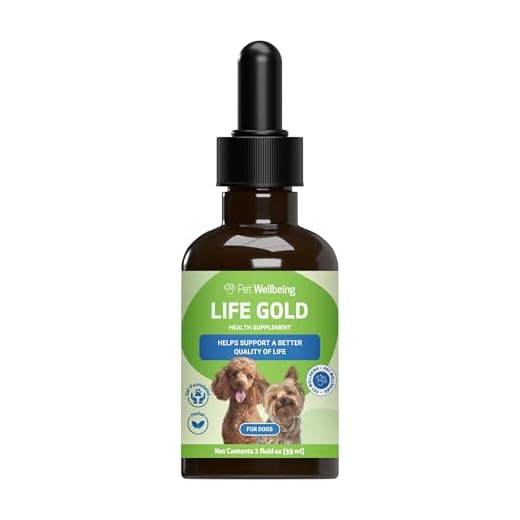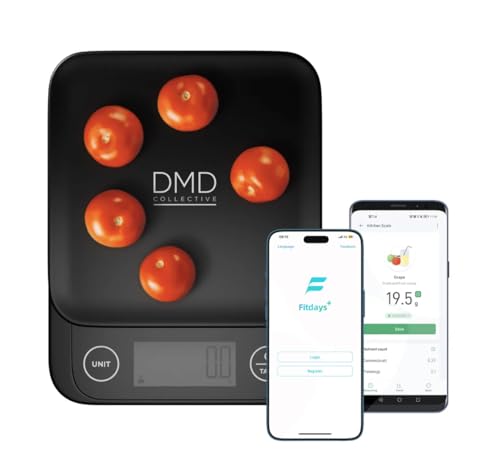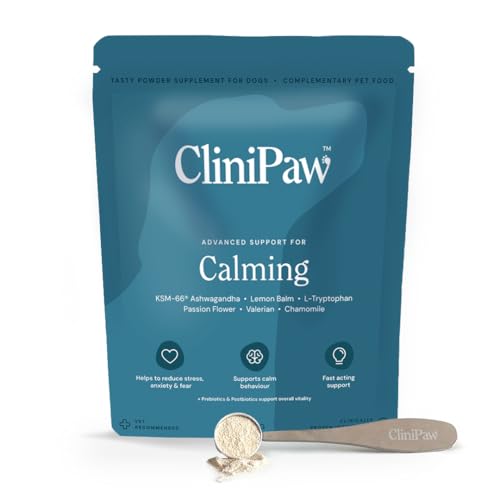




Recognising the signs of deterioration in a furry companion suffering from hepatic malignancies is crucial for any owner. Observations may include severe weight loss, persistent vomiting, and noticeable lethargy. These symptoms often signal the progression of the illness, leading to distressing outcomes.
In advanced cases, a decline in appetite becomes apparent, and hydration levels may drop significantly. It is not uncommon for afflicted animals to exhibit jaundice, evident through a yellowish tinge in the eyes or gums. This indicates a critical phase where immediate veterinary intervention is essential.
As the condition worsens, neurological symptoms may surface, including disorientation and seizures. These manifestations arise from the liver’s inability to filter toxins effectively, which can lead to hepatic encephalopathy. Understanding these signs can help owners make informed decisions regarding end-of-life care, focusing on comfort and quality of life for their cherished pets.
Understanding the End Stages of Canine Hepatic Tumours
When faced with terminal hepatic tumours, the signs can be heartbreaking and distressing. Symptoms typically escalate as the condition advances. Look for increased lethargy, appetite loss, and significant weight reduction. These indicators often suggest that the body is struggling to cope.
Jaundice may appear, resulting in a yellowing of the skin and eyes, indicating liver dysfunction. As the disease progresses, dogs may experience abdominal swelling due to fluid accumulation, known as ascites. This can lead to discomfort and difficulty in movement.
Vigilance is essential during this time. Monitor for signs of pain or distress. Pacing, whining, or unusual postures can signal discomfort. It’s crucial to consult a veterinarian for pain management options to ensure a peaceful experience for the beloved pet.
As the condition deteriorates, organ failure becomes a serious concern. This may lead to seizures or loss of consciousness, marking a critical phase. Decisions regarding end-of-life care should be made with compassion and guidance from veterinary professionals, including considerations for palliative care to ease suffering.
Creating a comfortable environment is paramount. Providing a quiet, familiar space can help reduce stress. Engaging in gentle interactions, such as petting or talking softly, may offer solace during this challenging time.
Ultimately, the focus should be on quality of life. When the time comes to make difficult choices, prioritising the pet’s comfort and dignity should guide decisions. Each situation is unique, and discussing options with a veterinarian can provide clarity and support.
Understanding the Stages of Liver Cancer in Canines
The progression of hepatic malignancy typically unfolds in distinct phases, each characterised by specific symptoms and challenges. Early identification during the initial stage can significantly influence the management of this condition. At this point, symptoms may be subtle, such as decreased appetite or mild lethargy. Regular veterinary check-ups are crucial to detect any abnormalities before they escalate.
Intermediate Phase Concerns
<p.As the illness advances, more pronounced issues arise. Symptoms might include vomiting, jaundice, and significant weight loss. It’s essential to monitor these signs closely and seek veterinary advice promptly. Diagnostic imaging and blood tests play a pivotal role in this phase, providing insights into the extent of the disease and guiding treatment options. Nutritional support becomes increasingly important during this stage, as maintaining a balanced diet can aid in overall well-being.
Final Stage Observations
<p.In the latter stages, the focus often shifts to comfort care. Signs of distress may become evident, including severe fatigue and disinterest in activities. Palliative measures are frequently employed to enhance quality of life. Understanding the signs of discomfort can help caregivers make informed decisions about the best course of action. For those looking for a distraction to manage stress during this tough time, trying out new recipes like how to cook crab cakes in cast iron skillet can be therapeutic.
Common Symptoms Indicating Advanced Liver Cancer
Observing specific signs can provide crucial insights into the progression of hepatic malignancies. One prominent indicator is jaundice, which manifests as yellowing of the skin and eyes due to elevated bilirubin levels. This occurs when the organ’s ability to filter toxins diminishes significantly.
Another alarming symptom is persistent vomiting, often accompanied by a loss of appetite. As the illness advances, these episodes may become more frequent, leading to weight loss and muscle wasting. Changes in stool colour, particularly pale or clay-coloured faeces, indicate a disruption in bile production, signalling further deterioration.
Additionally, increased thirst and urination may be observed as the body attempts to compensate for failing metabolic functions. Behaviours such as lethargy and decreased activity levels often emerge, reflecting the overall decline in health.
Abdominal swelling, or ascites, can develop due to fluid accumulation, causing discomfort and pain. This physical manifestation often indicates severe complications and requires immediate veterinary assessment.
Finally, seizures or neurological signs may occur as toxins build up in the bloodstream, affecting brain function. Recognising these symptoms early enables prompt veterinary intervention, which can significantly impact the quality of life and care options available.
The Role of Pain Management in End-of-Life Care
Prioritising analgesia is crucial during the final stages of a beloved pet’s journey. Effective pain relief can significantly enhance their comfort and quality of life. Administering appropriate medications, such as opioids or non-steroidal anti-inflammatory drugs, should be carefully managed by a veterinarian. Regular assessments of the animal’s pain levels are necessary to adjust treatments accordingly.
In addition to pharmaceuticals, alternative therapies like acupuncture and physical therapy can provide relief. These methods can be particularly beneficial in alleviating discomfort and promoting relaxation. Creating a peaceful environment, with soft bedding and familiar surroundings, also supports emotional well-being, minimising stress for the animal.
Observing behavioural changes offers insights into pain levels. Signs such as decreased appetite, reluctance to move, or changes in vocalisation may indicate discomfort. Timely communication with a veterinarian allows for swift adjustments to the care plan, ensuring the animal receives appropriate support.
Engaging in gentle interactions, such as soft petting or soothing talk, can also provide emotional comfort. This connection can ease anxiety and promote a sense of security, making the end-of-life experience more peaceful. Striving for a compassionate approach ensures that the final moments are filled with love and dignity.
Factors Influencing Lifespan in Canines with Hepatic Tumours
Regular veterinary check-ups significantly affect the timeline of pets facing hepatic diseases. Early detection often leads to more effective treatment options, improving quality of life. Here are key influences on longevity:
- Type of Cancer: The specific form of hepatic malignancy plays a critical role. Certain types, like hepatocellular carcinoma, may be more aggressive than others.
- Stage at Diagnosis: The earlier the stage at which the illness is detected, the better the prognosis. Advanced stages typically correlate with a shorter lifespan.
- Response to Treatment: Individual reactions to therapies, including surgery, chemotherapy, or palliative care, can vary widely. Successful management may extend life.
- Overall Health: Pre-existing conditions such as diabetes or heart issues can complicate treatment and reduce lifespan. A healthy immune system is beneficial.
- Nutritional Support: A balanced diet tailored to the needs of a pet facing hepatic challenges can enhance their condition and resilience.
- Age: Older companions may have a different prognosis compared to younger ones, as age can influence recovery and resilience.
- Owner Commitment: Active involvement in care, including medication administration and adherence to vet recommendations, can significantly impact outcomes.
Regular monitoring of symptoms and adjustments to care plans can improve comfort and potentially extend the lifespan of pets grappling with these challenges. Understanding the factors that influence longevity helps in making informed decisions for better management.
Making the Decision: Euthanasia Considerations for Pet Owners
Assessing the quality of life is critical. Observing your furry friend’s behaviour, appetite, and overall comfort can guide you toward the right choice. If your companion shows signs of distress or significant discomfort, it may be time to consult with a veterinarian about humane options.
Engage in open discussions with your vet. They can provide insights into pain management strategies and what to expect as conditions progress. Understanding the potential for suffering can make this heart-wrenching decision clearer.
Consider creating a list of your pet’s daily activities and how their enjoyment has changed. This can help clarify whether they are experiencing more good days than bad. If the balance tips towards suffering, it may be time to prioritize compassion over prolonging life.
| Signs Indicating Euthanasia Consideration | Actions to Take |
|---|---|
| Persistent pain that medication doesn’t alleviate | Consult your vet about the prognosis and pain management. |
| Loss of interest in previously enjoyed activities | Assess quality of life; document daily changes. |
| Difficulty in mobility or performing basic functions | Consider supportive care options and discuss with a vet. |
| Severe weight loss or lack of appetite | Evaluate nutritional needs; consider diet adjustments like best dog food to make dogs poop hard. |
Ultimately, the decision should stem from love and a desire to prevent further suffering. It’s not about giving up; it’s about providing peace. Take your time to reflect on what’s best for your beloved companion.






